The Gear of Bruce Springsteen: The Best Guitarists of All Time
What the Boss Plays on Stage
When it comes to American rock, Bruce Springsteen is unavoidable. Since the early 1970s, ‘The Boss’ has built a career that continues to fill entire stadiums to this day. He embodies a combination of authenticity and pure energy like no other. While his guitar playing may not be technically virtuosic, it is honest and uncompromising, and has inspired millions with its musical attitude. Furthermore, ‘The River’ is, in my opinion, the greatest song ever written. That’s reason enough to take a closer look at Bruce Springsteen’s gear.
All About Bruce Springsteen’s Gear
Anyone who has seen Bruce Springsteen perform live will recognise the image: The Boss stands on stage with his legendary Telecaster/Esquire hybrid guitar, playing chords with maximum force while singing tales of workers, outsiders and dreamers. His sound, and that of his legendary E Street Band, is so closely associated with his personality and stage presence that it’s difficult to distinguish between the musician and the myth.
Born in Freehold, New Jersey in 1949, Springsteen grew up in modest circumstances. Inspired by Elvis Presley and later Bob Dylan, he took up the guitar at an early age. At the age of 22, he released his debut album, Greetings from Asbury Park, N.J., a blend of folk and rock with poetic lyrics.
However, it wasn’t until the release of Born to Run in 1975 that his career finally took off. His energetic performances and the way he bridged the gap between rock ‘n’ roll tradition and modern stadium music did the rest.
Born to Run
Bruce Springsteen’s career now spans more than five decades and has earned him countless awards, including 20 Grammys. He also has one of the most loyal fan bases in the world. But what we gear enthusiasts find particularly exciting is that Bruce Springsteen’s equipment has hardly changed at all over the years. There are no racks full of boutique pedals or dozens of signature models. Like some other greats in the business, Bruce Springsteen’s setup shows that you don’t need all that to sound distinctive: a guitar, an amp and absolute dedication are enough. Not to mention the ability to play live for three and a half hours, even at over 70 years old.
Although this article is supposed to be about Bruce Springsteen’s gear, I’d like to start by talking a little about his style and the unique features of his playing.
Bruce Springsteen’s Playing Style
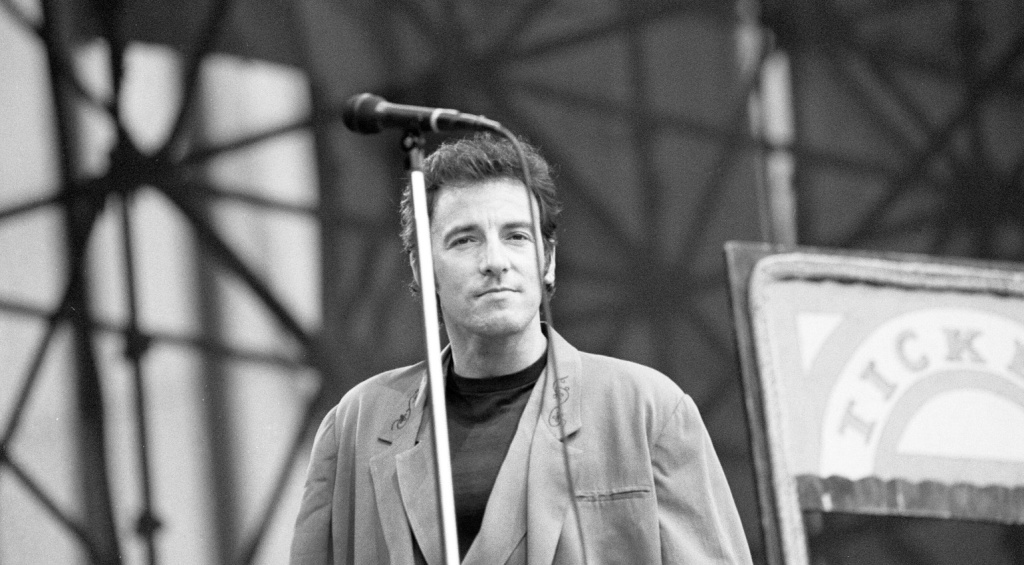
First and foremost, Bruce Springsteen is a rhythm guitarist – and one of the best. His style is hard, direct and percussive in almost every situation. Chords are not just a harmonic foundation; they are a driving force. In particular, when performing live with the E Street Band, he acts like an engine that propels the songs forward – classically the role of the drummer. But this way is cooler.
Influences: Folk Meets Rock ‘n’ Roll
Musically, Bruce Springsteen and the E Street Band have always moved between folk, country, soul and classic rock.
This diversity is reflected in his guitar work: simple folk strumming alternates with bluesy licks or gritty rock riffs. He largely dispenses with intricate solos – his focus is on mood, energy and serving the song. ‘Serving the song’ is my new favourite phrase, by the way.
Expression Through Minimalism
Springsteen’s strength does not lie in speed or virtuosity, but in authenticity – another parallel with Angus Young’s style emerges. Is there a pattern here?
Of course, we’re talking about two of the best guitarists of all time. We have to admit that Bruce Springsteen often plays simple parts and lacks the virtuosity of someone like Eric Johnson. But he plays with an unparalleled intensity. Albums such as Darkness on the Edge of Town and Nebraska, in particular, demonstrate the power and expressiveness that can be achieved with a minimalist guitar sound.
The Gear of Bruce Springsteen: Guitars
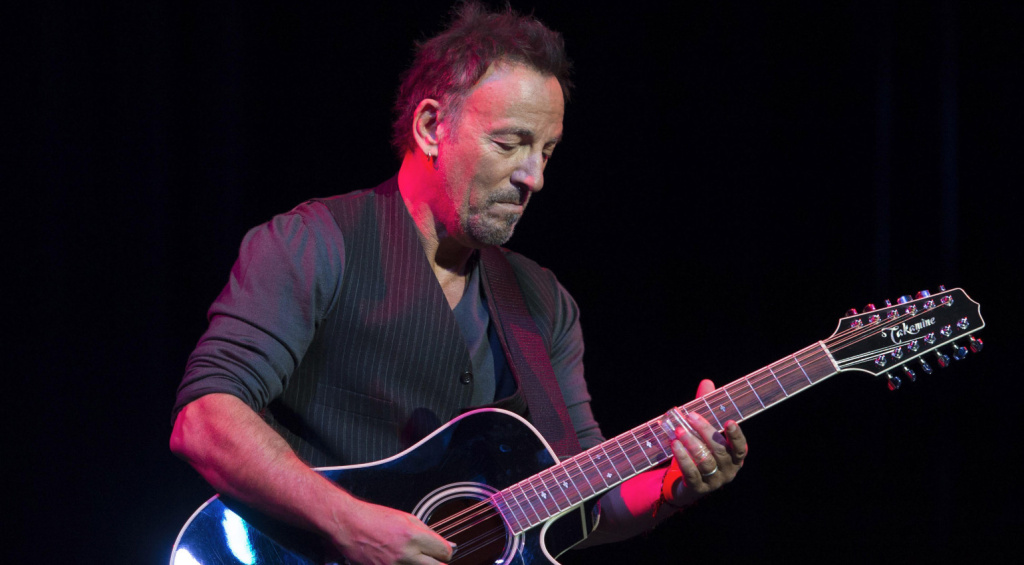
There is probably no instrument more closely associated with Bruce Springsteen than his legendary Telecaster/Esquire hybrid guitar. This iconic instrument is more than just a tool; it has long been a symbol of his entire career. However, there are a few other notable instruments in Bruce Springsteen’s collection – let’s take a look at them.
The “Frankenstein” Telecaster/Esquire
Springsteen’s main guitar is an unusual hybrid: essentially a Fender Esquire from the early 1950s with a Telecaster neck. Over the years, it has been modified, repaired and re-screwed several times. Nevertheless – or perhaps because of this – it has always remained by his side.
Its worn, nicked appearance, bearing traces of countless tours, is likely to have inspired an entire army of DIY guitar projects. That’s how ageing works. The guitar’s sound is just as you would expect: crisp, raw and assertive. Springsteen has used it on almost all of his iconic recordings to date, and it remains the visual flagship of every show. The number of replicas made remains a closely guarded secret. One thing is clear, though: it would definitely be a good investment.
Takamine Acoustic Guitars and Other Side Notes
Although the ‘Frankenstein’ Telecaster takes centre stage, Bruce Springsteen occasionally reaches for other guitars:
- Fender Stratocaster: Mainly seen in the 1980s on the Born in the U.S.A. tour.
- Gibson Les Paul: Used for fatter, more sustain-rich sounds, mainly in the studio.
- Takamine acoustic guitars: Of course, no Springsteen concert would be complete without an acoustic guitar. The Japanese-made instruments play a special role due to their outstanding pickup design. The Takamine EF341SC, in particular, is closely associated with his live performances.
The Guitar as a Symbol
For Springsteen, the guitar is more than just an instrument; it’s his trademark. His Tele/Esquire, in particular, has an iconic effect comparable to Angus Young‘s SG or B.B. King’s “Lucille.” Anyone who sees a picture of Springsteen with this guitar immediately recognizes it. That’s the Boss.

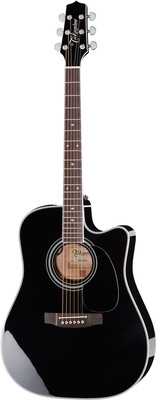

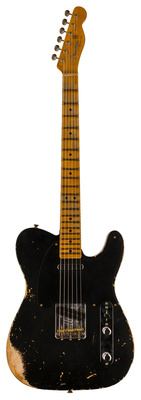
Bruce Springsteen’s Amps
His guitar sound is direct, loud, and unadulterated, and his amps reflect that perfectly. He isn’t the kind of guitarist who tweaks his amps down to the last detail or tries out exotic boutique models. His motto is simple: robust, reliable tube amplifiers that convey his rhythm guitar sound without any frills.
The result is a sound that fits perfectly into the E Street Band: powerful, yet not dominant; it ideally supports his role as singer and bandleader.
Fender Amps
Not much is known about the amps that travel with the E Street Band. However, Fender plays a special role in Bruce Springsteen’s sound. The Fender Bassman and Twin Reverb are particularly well-known and provide the clean headroom necessary without coloring the crisp Tele sound.
Matchless DC-30 and Other Additions
Matchless amps occasionally appeared in his setup as well, such as for more rock-oriented passages or larger stadium shows where more assertiveness was required, like the performance with Chuck Berry mentioned above. However, most of Bruce Springsteen’s equipment was clearly influenced by Fender.

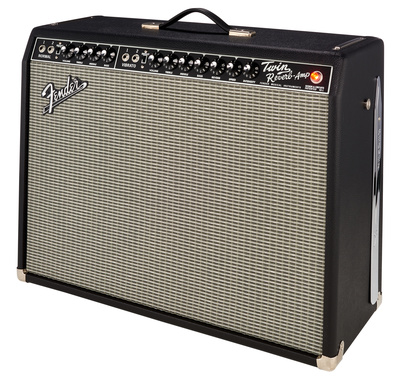

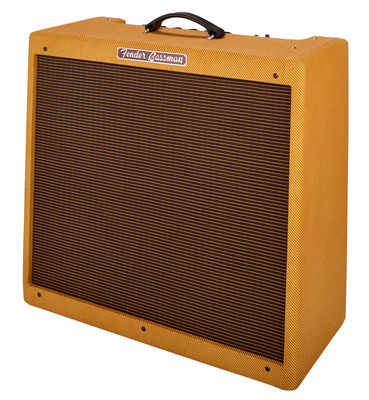
Bruce Springsteen’s Effects
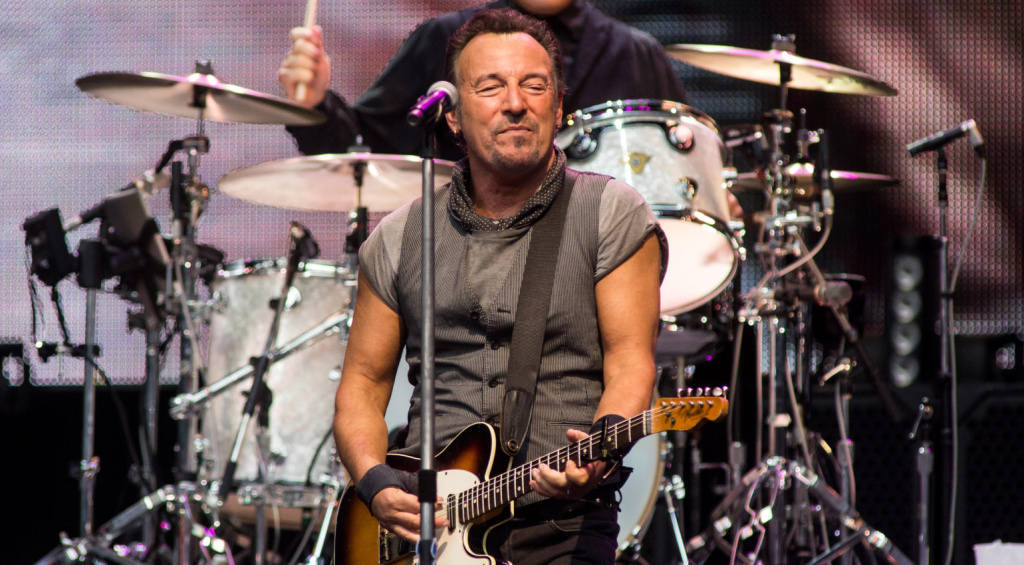
Anyone who takes a closer look at Bruce Springsteen’s equipment and listens to his live performances will immediately notice the abundance of space on his pedalboard. The Boss is a purist – his energy comes from his playing style, guitar, and amp, not a full pedalboard. Maybe I should try that sometime.
Minimalism as a Principle
For decades, Springsteen hardly ever used pedals on stage. His sound is so clear and direct that additional effects seem superfluous. Nevertheless, he uses a few tools when the song calls for it.
Typical Effects in Use
- Overdrive/boost: To push the amp into the sweet spot, he occasionally uses simple overdrive pedals, such as the MXR Distortion+. Simple, straightforward, powerful.
- Modulation: This was rarely used, especially in the late ’80s and ’90s, when he was experimenting with more modern sounds. However, according to Equiboard, the Boss BF-3 Flanger is a must-have.
Overall, Springsteen remains true to his style: minimal technology and maximum energy.

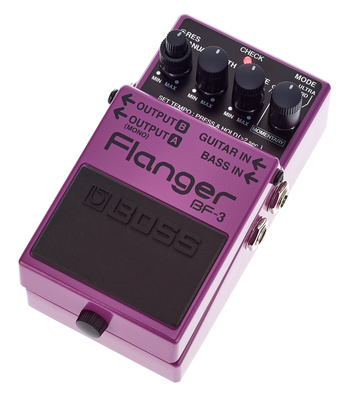

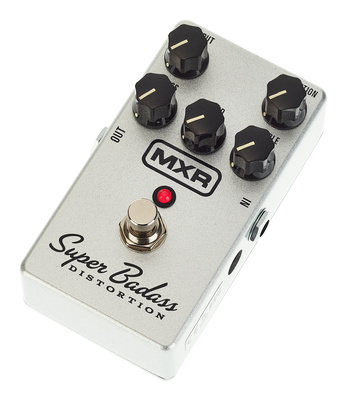
Bruce Springsteen’s Gear: Influence and Legacy
Springsteen is one of those musicians who has become an integral part of modern music history. For us guitarists, he is a prime example of how you don’t need technical excess to achieve immortality. Many of you probably wouldn’t expect Bruce to be on a list of the best guitarists of all time. But let’s be honest. For over 50 years, Springsteen’s gear has delivered unparalleled expression, attitude, and authenticity. His guitar work and equipment are part of that legacy. In my eyes and ears, he is the best songwriter to ever stand on stage with a Telecaster. That’s enough for me to include him in this series of articles.
By the way: If you want to learn more about Springsteen’s career and life, I recommend the book Born to Run – honestly, it’s worth it!
The original article was written by Jan Rotring for GEARNEWS.de.
*Note that this article contains affiliate links that help us finance our site. Rest assured, the price for you always remains the same! If you purchase something through these links, we receive a small commission. Thank you for your support!
One response to “The Gear of Bruce Springsteen: The Best Guitarists of All Time”

 3,5 / 5,0 |
3,5 / 5,0 | 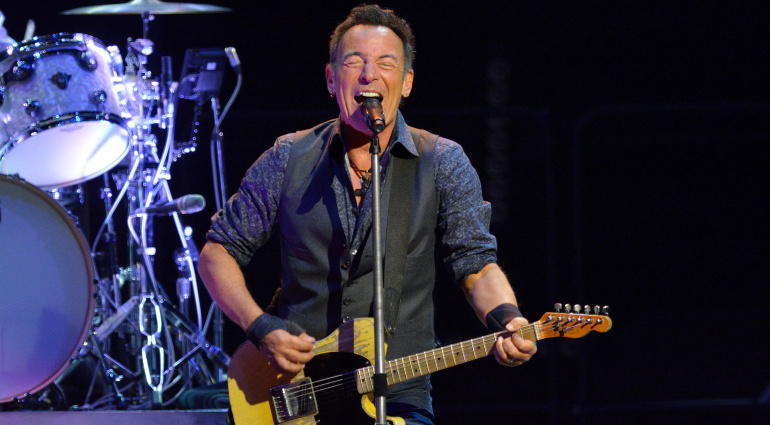


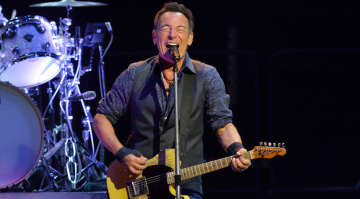

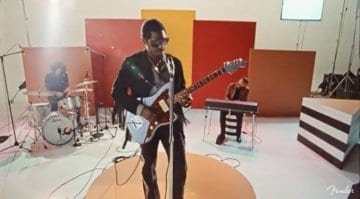
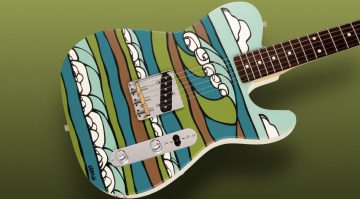
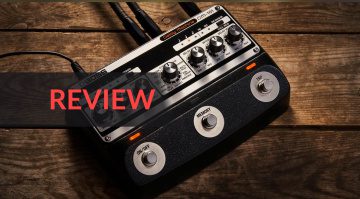
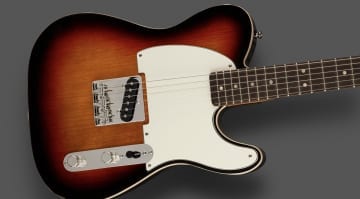

Hi — I think there are several inaccuracies here. Bruce actually uses a rack of pedals (mostly Fulltone and Boss), and he hasn’t played the “mutt” guitar regularly in about 15 years. These days, he’s running Mesa amps through Marshall cabinets.